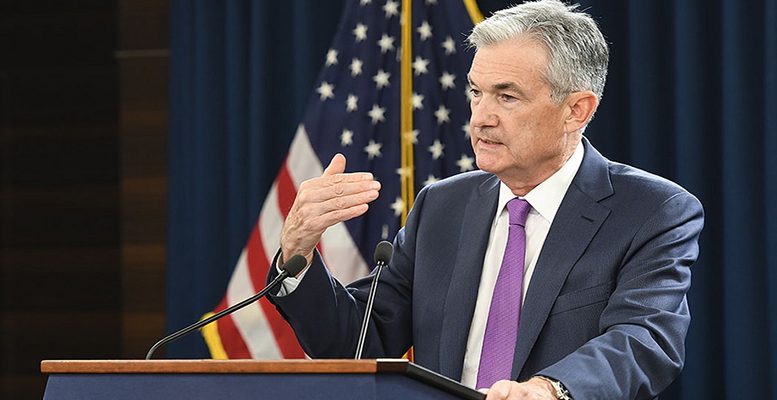Juan Pedro Marín-Arrese | US Federal Reserve Chairman Jerome Powell faces the dilemma of choosing the right path, confronted with conflicting data and forecasts. While the US economy grew at a booming 4% rate in the first quarter, inflation trails far behind the Fed’s objective and salaries fail to pick up despite historically low levels of unemployment. Moreover, the trade tug-of-war with China is denting confidence in consumers and investors alike. Should the conflict turn worse, the economy might suffer a harsh blow.
As no one can predict whether the current worries will fade away or lead to a nasty mess, the Fed Chairman has wisely decided to refrain moving from where he stands. He recently announced a halt in the rate increase drive, freezing the normalisation process for the time being. His open hint of a potential slackening of the monetary stance sparked hopes of a sweeping U-turn in the Fed strategy.
Some analysts did not hesitate to forecast an imminent preventive rate cut, mirroring Alan Greenspan’s bold move in the nineties to ensure a soft landing. Even Donald Trump, feeling his crusade in favour of cheap money was gaining momentum, raised the stakes in his open warfare against the Fed. In a tweet last week he accused it of supporting China’s unfair low currency practices. This vicious attack will miss its target, as the FOMC members reject such an open intrusion into their enshrined independence.
So, next Thursday, the Fed will likely keep everything unchanged. Going beyond a mildly dovish message to assuage the markets, might backlash. Any hint that monetary policy would turn openly accommodative could trigger widespread fears that a more severe than expected downturn looms ahead. Once the Pandora lid lies open, bearish speculation would bring about a self-fulfilling prophecy. The low-interest lasting period has bloated private debt beyond reasonable levels. Right now, banks are stiffening credit conditions. Prospects of a slowdown would hit the most exposed firms mercilessly.
The Fed is well aware that anything that might appear as a preventive strike against recession will likely fuel an economic contraction and might end up in potential disaster. It will wait-and-see hoping the current spell of bad news will soon evaporate. Its room of manoeuvre for lowering rates seems rather narrow while reverting to quantitative easing looks a last-resort step prone to spark a wild reaction in the markets. All in all, Jerome Powell faces a harder choice than Draghi or his successor.





